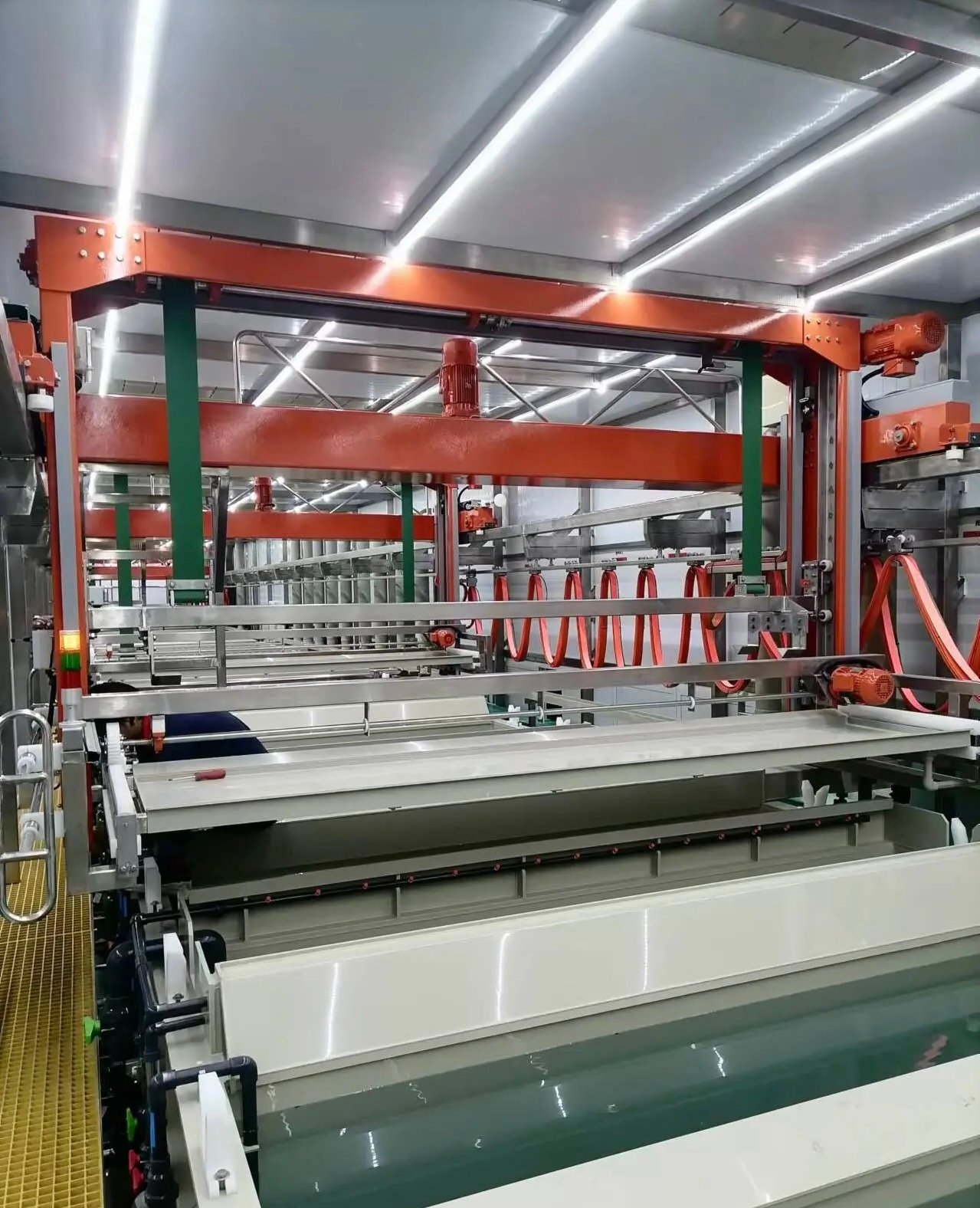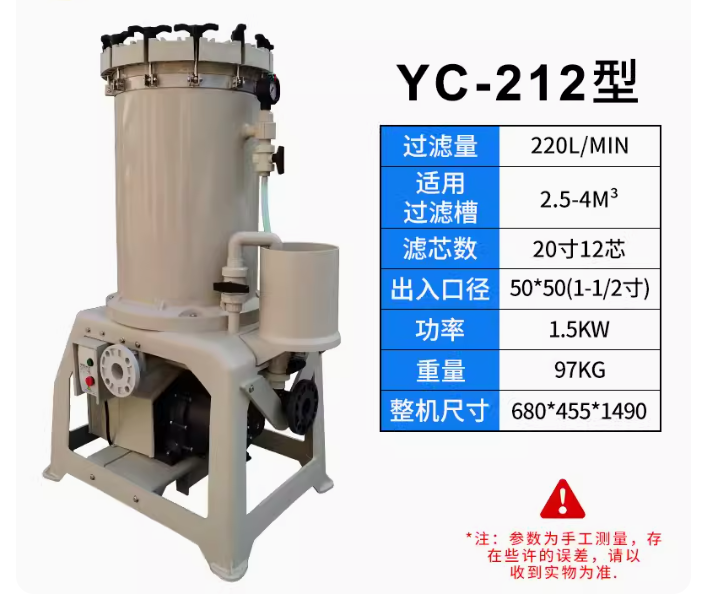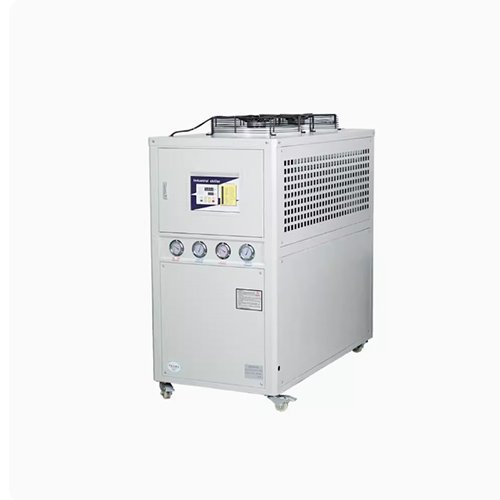Fully automatic equipment

Introduction to Fully Automatic Electroplating Production Lines
Fully automatic electroplating production lines are advanced systems designed for high-volume, precision electroplating operations. These systems integrate automation technologies to handle all stages of the electroplating process, from pre-treatment and plating to rinsing and drying. They are widely used in industries such as automotive, electronics, aerospace, and hardware manufacturing due to their efficiency, consistency, and ability to meet strict quality standards.

Introduction to Manual Electroplating Lines
Manual electroplating lines are basic, cost-effective systems used for small-scale or specialized electroplating operations. These systems rely heavily on human intervention for loading, unloading, and transferring workpieces between tanks. They are widely used in workshops, laboratories, or small businesses where automation is not necessary or feasible. Despite their simplicity, manual electroplating lines can deliver high-quality finishes when operated correctly.

Introduction to Fully Automatic Electroplating Production Lines
Fully automatic electroplating production lines are advanced systems designed for high-volume, precision electroplating operations. These systems integrate automation technologies to handle all stages of the electroplating process, from pre-treatment and plating to rinsing and drying. They are widely used in industries such as automotive, electronics, aerospace, and hardware manufacturing due to their efficiency, consistency, and ability to meet strict quality standards.

Introduction to Exhaust Gas Treatment Equipment
Exhaust gas treatment equipment is designed to remove harmful pollutants, odors, and hazardous substances from industrial emissions before they are released into the atmosphere. These systems are essential for industries such as manufacturing, chemical processing, electroplating, food processing, and waste management to comply with environmental regulations and reduce ecological impact.

Introduction to Industrial Wastewater Treatment Equipment
Industrial wastewater treatment equipment is designed to remove contaminants, chemicals, and harmful substances from water generated during manufacturing, processing, or industrial operations. These systems are essential for industries such as electroplating, chemical manufacturing, food processing, pharmaceuticals, and mining to comply with environmental regulations and reduce ecological impact.

Rectifier
A rectifier is used to convert alternating current (AC) into direct current (DC), which is essential for the electroplating process. It provides a controlled and stable current to ensure uniform metal deposition on the workpiece.

Filter Machine
A filter machine removes impurities, particles, and contaminants from the plating solution. This ensures the quality of the electroplating process by maintaining a clean electrolyte, which prevents defects on the plated surface.

Chiller
A chiller is used to cool down the plating solution or other fluids during the electroplating process. Maintaining the correct temperature is crucial for achieving consistent results and preventing overheating, which can degrade the plating solution.
